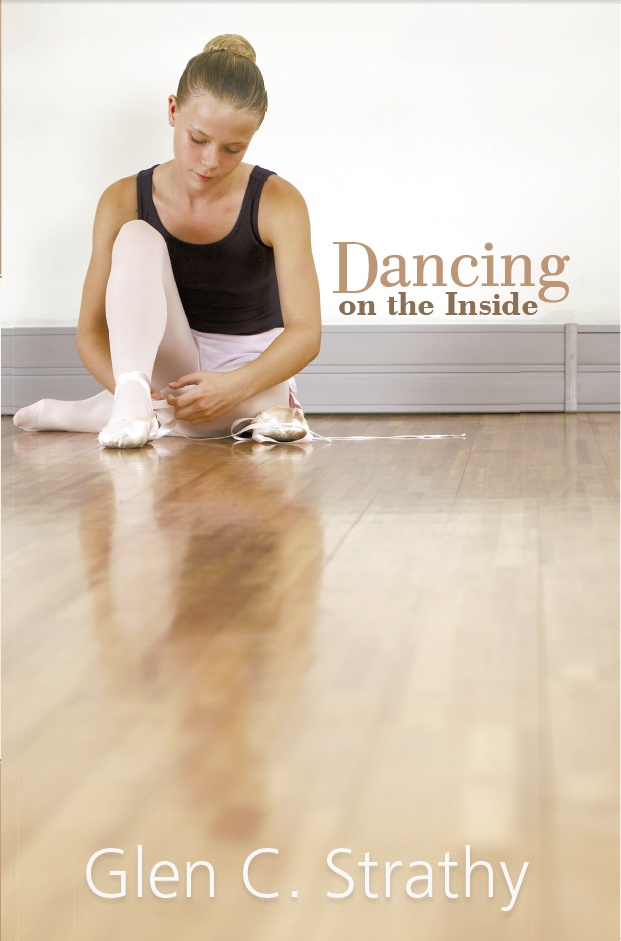Multiple Lead Characters
by Peggy Harris
(Apopka, FL, USA)
Question:Is there anywhere I can turn to learn how to write a novel that features an ensemble of three friends as lead characters? Or do I just have to decide once and for all that one of them is going to be the lead?
Answer: You actually have a lot of options here.
One is to make each of your 3 characters POV (point of view) characters. Essentially, you would have 3 stories running parallel through the book. Each character would be the main character of his/her own story. You would switch points of view, and POV characters, periodically in order to tell the next part of their story.
An example of this would be the Bartimaeus trilogy of novels which tell the interwoven stories of Bartimaeus, Nathanial, and Kitty (3 lead characters).
Of course, you could make just one or two of your characters POV characters, and the remaining one could be an impact character. The difference is that the reader does not see the story through the eyes of an impact character. Impact characters are "looked at" by the main or POV characters.
In many romance novels today, the heroine and the hero are both POV characters, and each is the impact character of the other's story. That may sound confusing, but it makes perfect sense if you want each of them to grow thanks to their relationship.
Finally, as you point out, you could make one character your main character and have the other two in supporting roles (as in
Harry Potter, with Harry, Ron, and Hermione, or
Spiderman with Peter, Harry, and MJ). This might mean having someone else as the impact character, or it might mean having two impact characters, in which case the main character must decide which of them is right in the end.
It depends entirely on whose point of view you feel is most important for the story. Whose big decision at the climax will determine the outcome? Do they all make important choices that resolve their inner conflicts, or just one of them?















